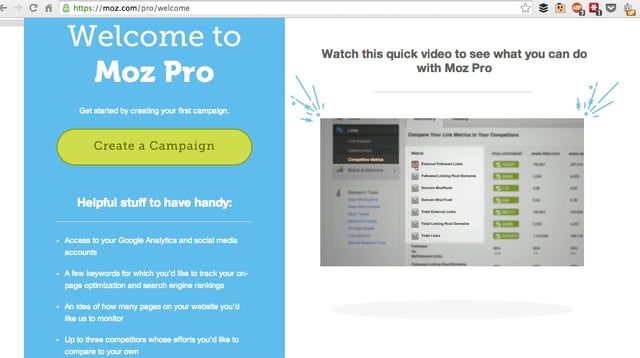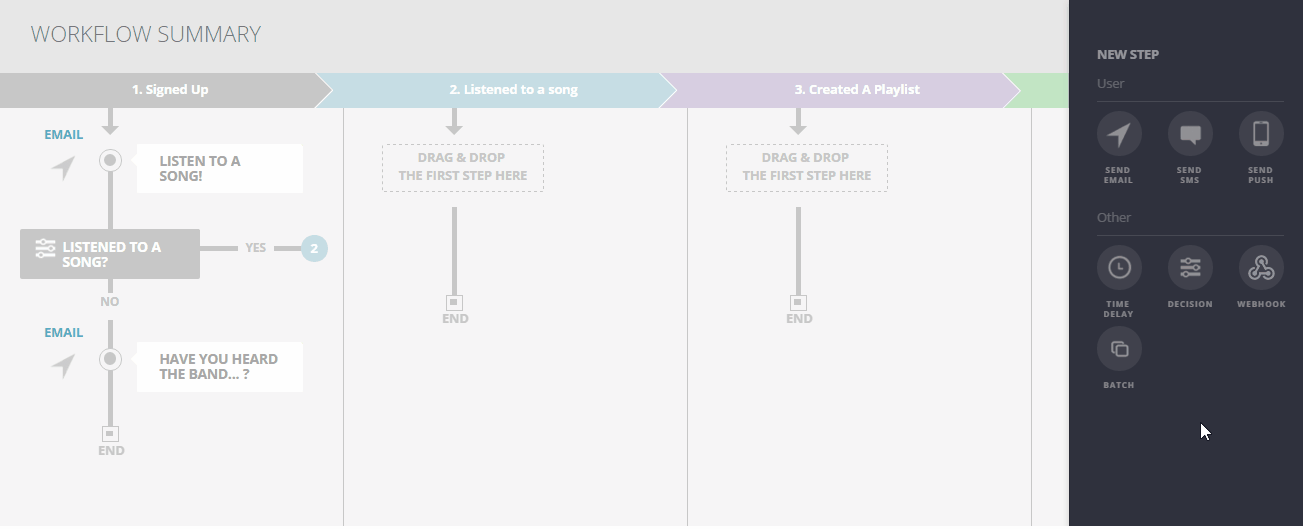Minimum Viable User Onboarding—Email Strategy (Part 2)
Save article ToRead Archive Delete · Log in Log out
6 min read · View original · appcues.com
You probably know the stats, but they’re worth repeating: After 24 hours only 14% of mobile app users are sticking around. After a week, it’s dropped down to 10%. And after 30 days…you don’t even want to know (btw, it’s 2.3%).
Pretty abysmal, right? So what does a product/growth manager do?
In Part 1 of Minimum Viable User Onboarding, we laid out a strategy for new user retention with in-product user onboarding. We looked at 3 key principles you need to create a great in-app user onboarding experience:
- Build User Motivation
- Ensure Users Know How to Use the Product
- Drive Users to Take Meaningful Action
Your email strategy doesn’t have to be much different than your in-product onboarding. In this part of the Minimum Viable User Onboarding series, we’re going to examine email messaging to new users through these exact same 3 principles, so you can build the best messaging flow with the least amount of effort.
Build User Motivation with Emails & Push
In order to really rock your new users, you have to get a firm grasp on why they signed up to your service in the first place. Consider the exact value proposition or the job they are trying to accomplish that got them motivated enough to sign up for your product?
Your first automated email should reinforce this motivation.
Let’s look at an onboarding email from Relay Rides. If you’re unfamiliar, they’re like Airbnb for car rentals. Relay Rides provides us with examples of both what you should and shouldn’t be doing in your onboarding process:

Example A lays out a step-by-step guide of what the app does. It’s very feature focused. Feature-focused emails often feel natural for product people to write. You want your users to love your app as much as you do. But this kind of messaging is more for that product person than it is the user.
Example B leverages the motivation of their user-base. Their tagline here serves as a re-patch of their value proposition, “Take the road less traveled … Why stay caged up in your backyard when there are open roads to explore? Make the most of your Memorial Day.” This clever copy demonstrates their understanding of their users’ motivation for using their product—they want to travel and explore!
Grammarly, a proof reading app also knows its user-base. A day after sign up, they send an email to new users who haven’t installed their plugin to get them to do so. Grammarly reminds their potentially lapsing users of the reason they signed up in the first place.

The line, “Grammarly won’t judge you, but your friends and coworkers might” underscores why someone would use their app. For fear of grammar nazis.
The email is fun and emotive, and it makes a user want to click through and start using the app.
Ensure Users Know How to Use the Product
When a new user signs up to your app, they are bound to have a few questions or to at least run into a few obstacles on their way to success. It’s your job, using emails and other forms of messaging, to preemptively answer these questions to get them past these obstacles. If you cannot successfully get your users beyond these obstacles, they are likely to churn.
You can get a sense of the obstacles your users face when you consider the steps each has to get through to be fully up and running. Map this out on a whiteboard or in Google slides or check out SparkPage for a free mapping tool. Then sketch out the messaging that might help advance users along their journey.
Lay out all of your how-to instructions up front in your earliest emails. You can then reiterate those helpful tips in emails later as the user progresses along their journey.
Close.io sends a number of simple triggered emails to to walk customers through using their sales product at each step of the way. Here’s one:

This email lays out options to help their users get through stages from setup to closing more deals—the ultimate motivation of new users. The email also offers assistance to help a user through any of this with links to their help docs, to webinar trainings and a CTA to start a chat. Seems they’ve provided every option to succeed using their product in this helpful email.
Moz also makes use of informative user onboarding emails. They use a combination of analytics and research to find out where their users are getting stuck during onboarding, and then they reach out by email to help them through each point of friction.
Here’s the email they send after a user upgrades to Moz Pro, with a prominent video showing how to use the software:

This email surely helps users that have just converted from free to paid get value out of their product. After making a purchase a user is likely very motivated to get more value out of your product. The more value you can help them gain, the less likely they will be to churn.
Drive Users to Take Meaningful Action
Most businesses plan their drip campaigns the same way. They send an email on day one. Another on day three. And another on day seven. Drip, drip, drip.
This method forces you to make assumptions like, “Day 7 is around the right time to start talking about our advanced features… right?” Bullshit. This one-size-fits-all approach results in inorganic and non-prescribed timing and content of each email.
Luckily, there’s a better way to email each user.
Behavior-based messaging is a more relevant and powerful way to engage your users. By creating a chain of triggered emails that are sent based on what your user does or doesn’t do in your app, you can start sending much, much more engaging messages.
Behavior-based emails don’t have to be complex. They are surprisingly easy to get started.
To understand how simple this is, let’s pretend you manage product for a music streaming app. When a new user signs up, the next meaningful action we want them to take is to listen to a song.
So let’s send them a first email encouraging them to listen to a song. Here’s what that looks like in a tool like SparkPage:

You can see that email was only sent to a user who hasn’t already listened to a song. We’re not sending the email to users that have already listened to a song. This isn’t the next meaningful action to take.
And we can apply the same thinking to all key steps in the new user journey.
It’s a simple, but effective way to ensure that not only are your users getting timely, relevant messages, but that those messages are also driving them further down the funnel of engagement.
Make This Work For You
If you haven’t already implemented the advice shared in the first Minimum Viable User Onboarding post, you definitely should. It’s a great exercise to refine your strategy and get focused on the minimal things you need to do to onboard users.
If you want to map out your Minimal Viable User Onboarding flow you can use our free planning tool at http://www.sparkpage.com
You’ll get an email from me asking if you need any help. Of course it’s automated ;) but please do reply and let us know if you need any help, or leave comments and questions below.
---------------------------------------------------
Peter Tanham is the co-founder and CEO of SparkPage. You can find him on twitter @PeterTanham and on the SparkPage blog.